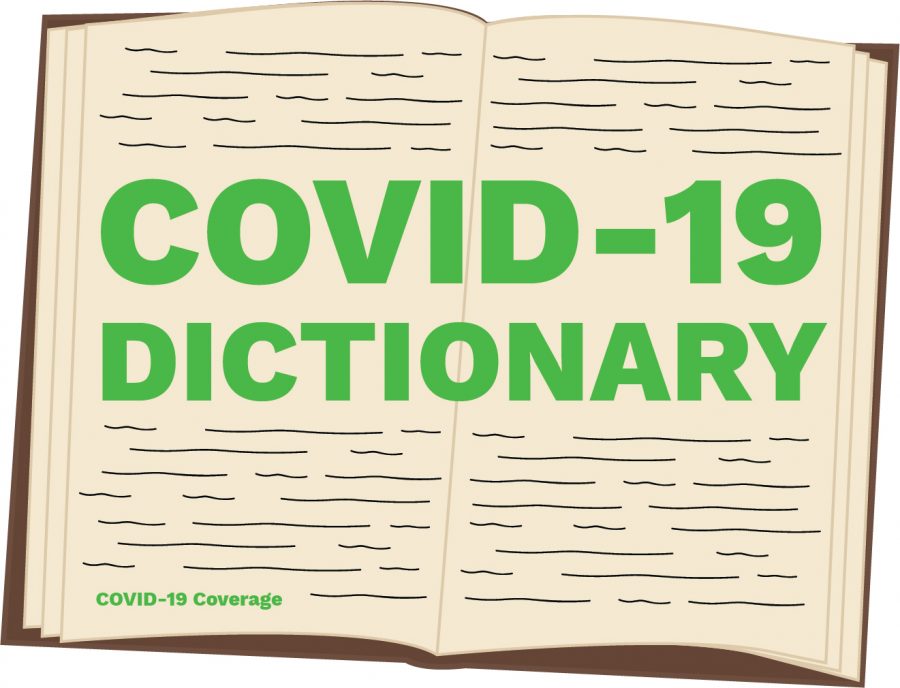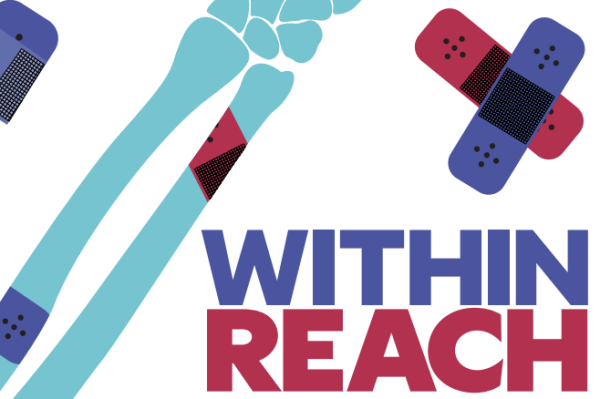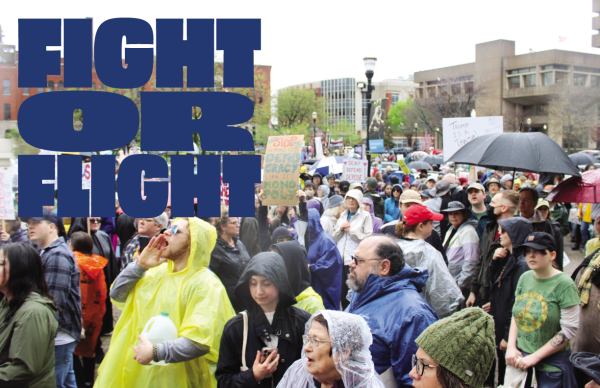Social Distancing? Isolation? Quarantine? The COVID-19 terms you need to know
Coronavirus
What is it? The coronavirus is a family of viruses that causes a large number of respiratory infections. The coronavirus is zoonotic, meaning it spreads from animals to humans. The viruses spread through air by coughing and sneezing, and present symptoms such as a runny nose, sore throat, cough, and fever.
COVID-19
What is it? COVID-19 is a newly diagnosed type of disease caused by coronavirus. It stands for Coronavirus Disease 2019. Since its discovery in Wuhan, China in December 2019, the disease has spread worldwide.
Social Distancing
What is it? Social distancing applies to actions taken by governments, businesses, and public health officials to limit the spread of an illness in social settings.
What does it look like? Cancelling large gatherings, closing malls, community centers, and childcare sites, suspending schools, work, and worship services, as well as smaller measures such as staying six feet away from other people and exchanging elbow bumps instead of hugs or handshakes.
Isolation
What is it? Isolation occurs when individuals who have come into contact with someone who has tested positive for an illness are completely separated from the rest of the population.
What does it look like? Individuals may be put in their own section of a hospital to be monitored or stay at home to receive care. Both of these help prevent the individual from spreading the illness.
Quarantine
What is it? Quarantine is a strict separation imposed to prevent the spread of an illness. However, the term differs from isolation in that those who may not show symptoms of the illness are put in quarantine. Those who have been exposed to the illness but don’t have symptoms may also “self-quarantine” to prevent any possible spread. “Self-isolation” is also used interchangeably with self-quarantine.
What does it look like? Like isolation, individuals may be kept in a hospital to be monitored, or in the case of self-quarantine, they may stay home to prevent spreading the illness in case they have it.
Flatten the Curve
What is it? “The curve” refers to a model in which a slower, more gradual rate of infection for an illness is much better for the healthcare system, even if the same number of people become infected in the end. With a flattened curve rather than a high one, the healthcare system is able to treat each patient properly without being overwhelmed and unable to provide everyone with adequate care.
What does it look like? Social distancing, especially cancelling large gatherings, may be practiced in order to slow the spread of infections.
Incubation Period
What is it? The incubation period is the time between becoming infected with an illness and starting to show symptoms. In the case of COVID-19, the incubation period is 2 to 14 days, meaning someone could be infected with the illness for up to two weeks and not show symptoms. Because COVID-19’s incubation period is so long, it has enabled the virus to spread rapidly since people are unaware that they have it.
Pandemic
What is it? A pandemic is a disease that is widespread in a country, continent, or the whole world. Unlike an epidemic, a pandemic is much more prevalent over a much larger area. The World Health Organization declared COVID-19 a pandemic on March 11, 2020.
Mitigation
What is it? Mitigation includes any measures taken to prevent the spread of an illness. This can include large measures like social distancing and quarantine, but usually refers to smaller individual methods like washing your hands with soap for at least 20 seconds and coughing into your elbow. These small steps play a big part in slowing the spread of an illness.
Donations are collected through The Publishers, duPont Manual High School's booster club for J&C. On The Record relies completely on sponsorships, advertisements, and donations to produce and distribute each issue. Please consider donating to our cause, and helping the student journalists of OTR amplify youth voices for years to come.








